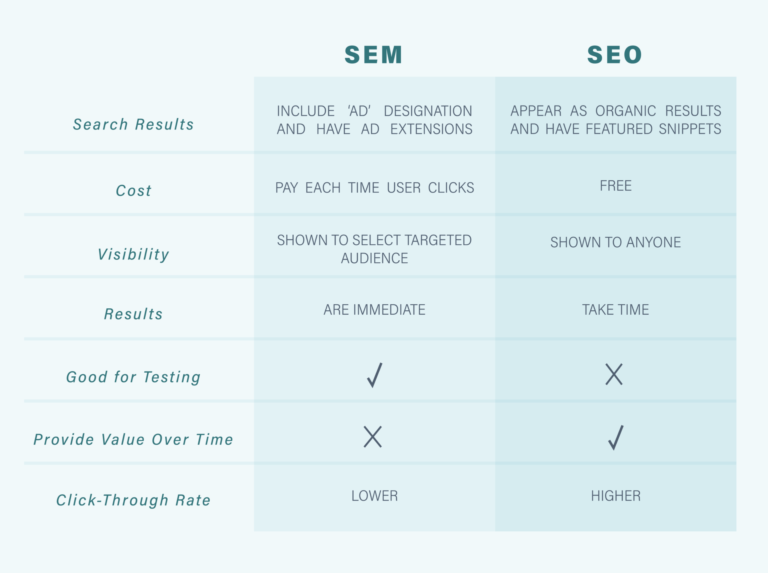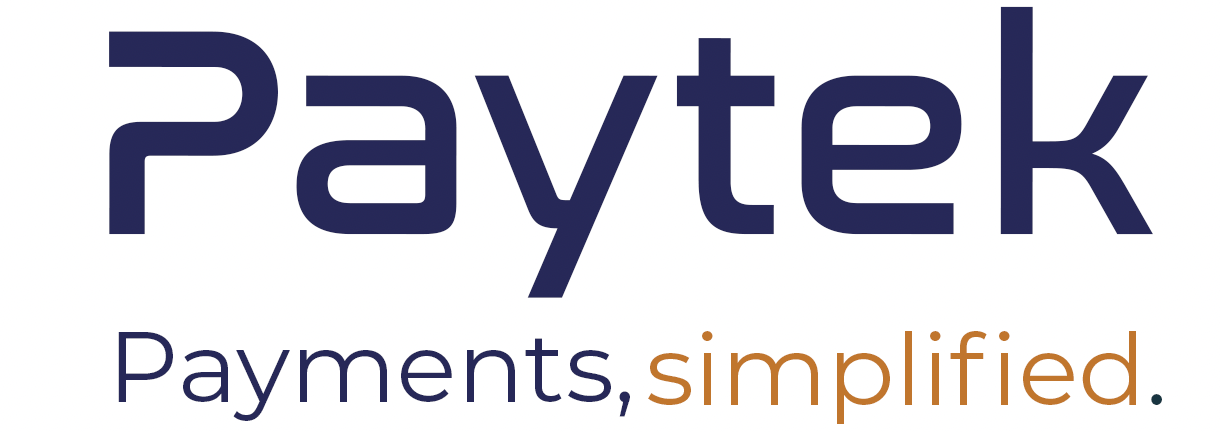Operating a business isn’t simple. As a business owner you need to control In-store, behind closed doors, online and so much more. In today’s digitizing economy, having a successful online business can be as rewarding as a regular brick and mortar boutique. As of today, there are multiple ways to help your business online: through organic traffic, called Search Engine Optimization (SEO), and paid advertising, Search Engine Marketing (SEM).
Today we’re going to take a deeper look at this last option, Search Engine Marketing, or SEM.
What is SEM?
SEM stands for Search Engine Marketing. It is an umbrella term that refers to paid actions taken by a company in order to improve its visibility on search engines like Google, Bing, Yahoo, Brave, etc.
Generally speaking, SEM is paying for ads that will rank for a particular set of keywords in the search results, when your targeted audience is looking for it. SEO (link to SEO article), or Search Engine Optimization, can also be considered as a type of SEM because it refers to (marketing) actions that interact with the search engine. Some type of SEO-optimized content can be paid, like sponsored articles in big online media. This would fall into the SEM category.
How can search engines like Google help connect you with your customers?
Google Ads is an online advertising tool that helps businesses connect with their customers. You basically create your online ad, tell Google Ads who you want to reach, and Google brings the ads to the right people, at the right time and place.
Paid ads show first in the search results, which is important because most visitors only look at the first few hits. Having your website show at the top of the results list for a specific keyword can be beneficial for getting new traffic in the door.
What do I need to do?
Before you begin paying for SEM, it’s important to handle a few key things first:
- Research: understand what your potential customers are looking for and what is their behaviour is on search engines. What type of products are they interested in? Are they looking on specific websites for more information? What keywords are your audience using?
- Define your strategy: what do you want to advertise and where do you want to advertise it (Search ads/Display ads). Search ads will be ads on the search engine result page, display ads will be on Google’s partnered websites/partner websites.
- Create your ads: based on the keywords research you made in step 1, create an ad that will answer to that keyword typed in the search engine. Add parameters – they’re free and they give more opportunities to the people viewing your ad! You can see more information here.
- Analyze/Improve: once you start getting some results, review the performances regularly and make changes to the ad accordingly in order to get better results.

What Else Do I Need To Know?
When you post ads on Google and other search engines, there are a few criteria that are considered in order to get your ad delivered:
- Budget allocated or bid amount: the max amount you are willing to pay for a user to click on the ad and visit your website
- Ad’s expected CTR (Click Through Rate): this is a prediction of how often the ad will get clicked when shown for a keyword. To determine this rate, search engines take into account how the keyword has performed in the past, how users responded to your ad by clicking on it.
- Ad’s relevancy: this is calculated by analyzing the language in your ad to determine how well it relates to the search query of the users, to only see useful ads that are relevant to the search performed.
- The landing page experience: an ad is useful only if the landing page helps a user find what they’re looking for. A positive landing page experience includes relevant and original content that helps users complete their tasks, is easily navigable, and articulates the business correctly.
Keep in mind that one of the main goals of search engines is to provide a great experience to users so that they can use it again in the future. That’s why they want to ensure a good quality of content and ads to their users.
Should I focus purely on SEM or SEO too?
SEO and SEM both have their benefits and for every business it’s different if they should focus on one or the other, or both.
Below is a chart showing the similarities and differences between SEO and SEM, allowing you to make an educated decision on what is best for your business.

Conclusion
SEM is important for any business looking to have a strong presence online. Getting it right requires time, trial and error, and some money, but it will bring in new viewers to your website for you to convert to paying customers.
If you already have enough on your plate, you can partner with a digital marketing toolkit or team to help you get started, or to manage the whole process for you.
Ready to start making an impact online? Work with our digital marketing team to make sure you’re on the first page of Google.

